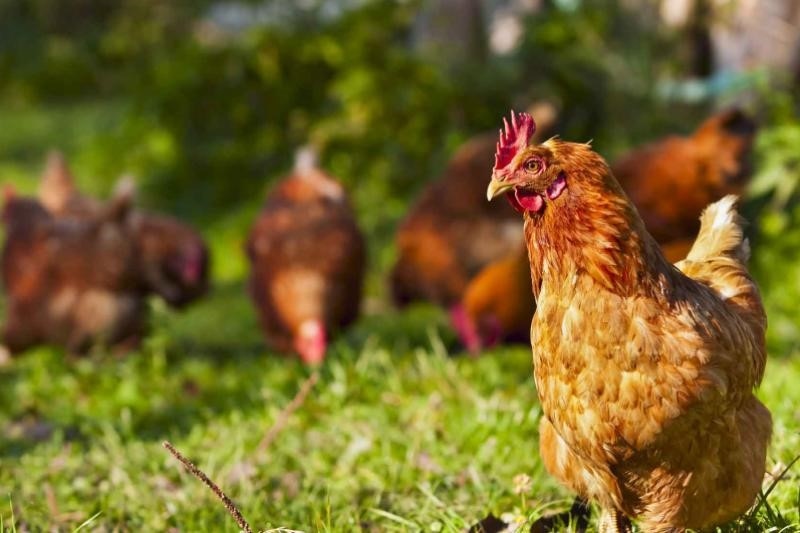New immunotherapy could be used to treat viral diseases in poultry and humans by creating appropriate synthetic antibodies.
April 3, 2020

A potential new influenza treatment using synthetic antibody molecules administered to poultry may reduce the symptoms of avian flu as well as decrease the amount of virus treated birds shed into the environment, according to The Pirbright Institute in the U.K., which engineered the molecules.
Pirbright said these results suggest that there is potential for their use as immunotherapy treatments to reduce the burden of influenza in poultry.
The Pirbright team generated synthetic antibodies against the H9N2 strain of avian influenza -- a type that poses great risks to the global poultry industry as well as to the health of other avian and mammalian species, owing to its ability to readily mutate and adapt to new hosts.
The modified antibody segments -- known as single-chain variable fragment antibodies (scFvs) -- were shown to prevent the H9N2 virus from entering cells in laboratory tissue cultures, the institute said. Further testing demonstrated that chickens immunized intranasally with scFvs produced lower levels of virus and had less weight loss than birds that had not received treatment.
These antibodies work by binding to proteins on the outside of the influenza virus called haemagglutinin (HA) that attach to receptors on host cells. This prevents the virus from entering the cell and replicating, offering rapid protection to infected birds, Pirbright explained.
Immunotherapy treatments such as synthetically made antibodies have become popular because they can be produced rapidly in large quantities in cultured cells, function in a similar way to natural antibody immune responses and provide immediate protection compared to vaccines, the institute added.
To create the scFvs, the team immunized mice with an influenza vaccine, which triggered the production of mouse antibodies that could neutralize the H9N2 virus, Pirbright said, adding that the genetic code for two sections of the antibodies that bind to the HA protein was then sequenced. Using genetic engineering, they linked these two sections together to create one new smaller antibody molecule (the scFvs).
By generating these smaller molecules, the team could overcome issues presented by using whole antibodies such as lower production rates and increased likelihood of immune rejection by species other than chickens, Pirbright said.
The scFvs created in this study, detailed in Vaccines, has additional advantages, including the ability to be mass produced in insect cells and the fact that the antibodies could work against the virus in all hosts without adaption, Pirbright noted.
Professor Munir Iqbal, head of the Avian Influenza Group at Pirbright, said, “These results are encouraging and demonstrate that scFvs could provide a quick and efficient way of reducing the clinical signs of influenza and its spread in infected flocks, reducing the risk of transmission from poultry to humans. The next step will be to establish the best method for administration, whether this be intranasally, as we have done in this study, or via aerosol or viral vector delivery systems. We anticipate that this type of immunotherapy could also be used to treat other viral diseases of poultry and humans by creating the appropriate synthetic antibodies for those diseases.”
You May Also Like


.png?width=300&auto=webp&quality=80&disable=upscale)
